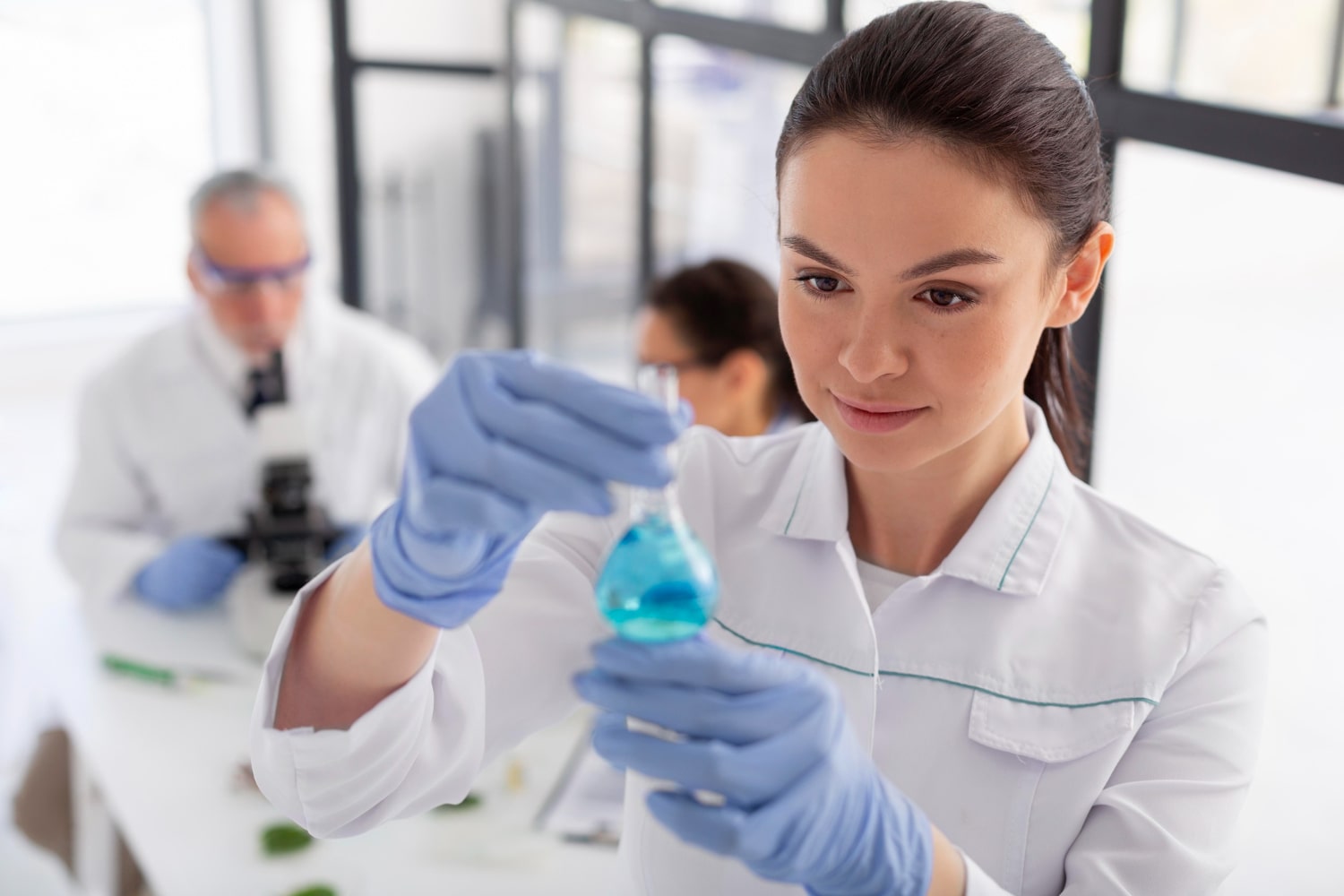After success with its BabySat system, Owlet gains FDA clearance for its Dream Sock
Owlet, the innovative baby monitoring system company, is celebrating a significant milestone as it secures FDA clearance for its Dream Sock technology. This achievement marks a notable turnaround, considering that a similar system had previously drawn the ire of the regulatory body due to concerns about its functionality. The Dream Sock, a flexible, sock-like device […] The post After success with its BabySat system, Owlet gains FDA clearance for its Dream Sock appeared first on LifeSci Voice.

Owlet, the innovative baby monitoring system company, is celebrating a significant milestone as it secures FDA clearance for its Dream Sock technology. This achievement marks a notable turnaround, considering that a similar system had previously drawn the ire of the regulatory body due to concerns about its functionality.
The Dream Sock, a flexible, sock-like device designed for babies between one to 18 months weighing six to 30 pounds, has now been granted de novo clearance, allowing it to provide real-time heart rate and oxygen saturation measurements through a smartphone app.
The central component of the Dream Sock is a sock-like device embedded with a sensor that tracks vital signs such as pulse rate and oxygen saturation. Additionally, it monitors sleep length and cycles, transmitting this valuable data wirelessly to a dedicated app on caregivers’ smartphones.
While the product was initially available for monitoring sleep quality indicators, the recent FDA clearance elevates its capabilities by enabling the display of real-time heart rate and oxygen saturation measurements on the app. Furthermore, an alarm will now be triggered if these measurements deviate from predetermined healthy ranges.
Owlet’s announcement highlights that these enhanced features will be rolled out to both existing and new Dream Sock users by year end.
This positive development rectifies a past misstep for Owlet, which faced an FDA warning letter in 2021, leading to the withdrawal of a similar monitoring system known as the Smart Sock from the market. The Smart Sock, intended for children up to 5 years old, was sold over the counter without FDA oversight. The FDA argued that, despite Owlet’s claims that the technology was purely for monitoring and not for diagnosing or treating diseases, the potential diagnostic applications warranted classification as a medical device.
During that period, the FDA indicated that it had engaged in discussions regarding the alleged misclassification dating back to 2016.
The recent FDA clearance not only validates the Dream Sock’s accuracy but also signifies Owlet’s commitment to improving infant care technology. The company plans to continue its research efforts to introduce new technologies and enhance accuracy in infant monitoring.
Owlet’s journey includes a prior FDA clearance earlier this year for the BabySat system, a counterpart to the Dream Sock. While sharing similarities with the Dream Sock in terms of health alerts, the BabySat requires a doctor’s prescription and is specifically indicated for infants diagnosed with acute or chronic medical conditions under medical supervision.
Owlet’s success in navigating FDA clearance for the Dream Sock demonstrates the company’s dedication to advancing infant monitoring technology while ensuring compliance with regulatory standards. As the upgraded features reach users by year-end, parents and caregivers can look forward to an improved monitoring experience for their infants, with real-time data accessible at their fingertips.
The post After success with its BabySat system, Owlet gains FDA clearance for its Dream Sock appeared first on LifeSci Voice.
What's Your Reaction?

































